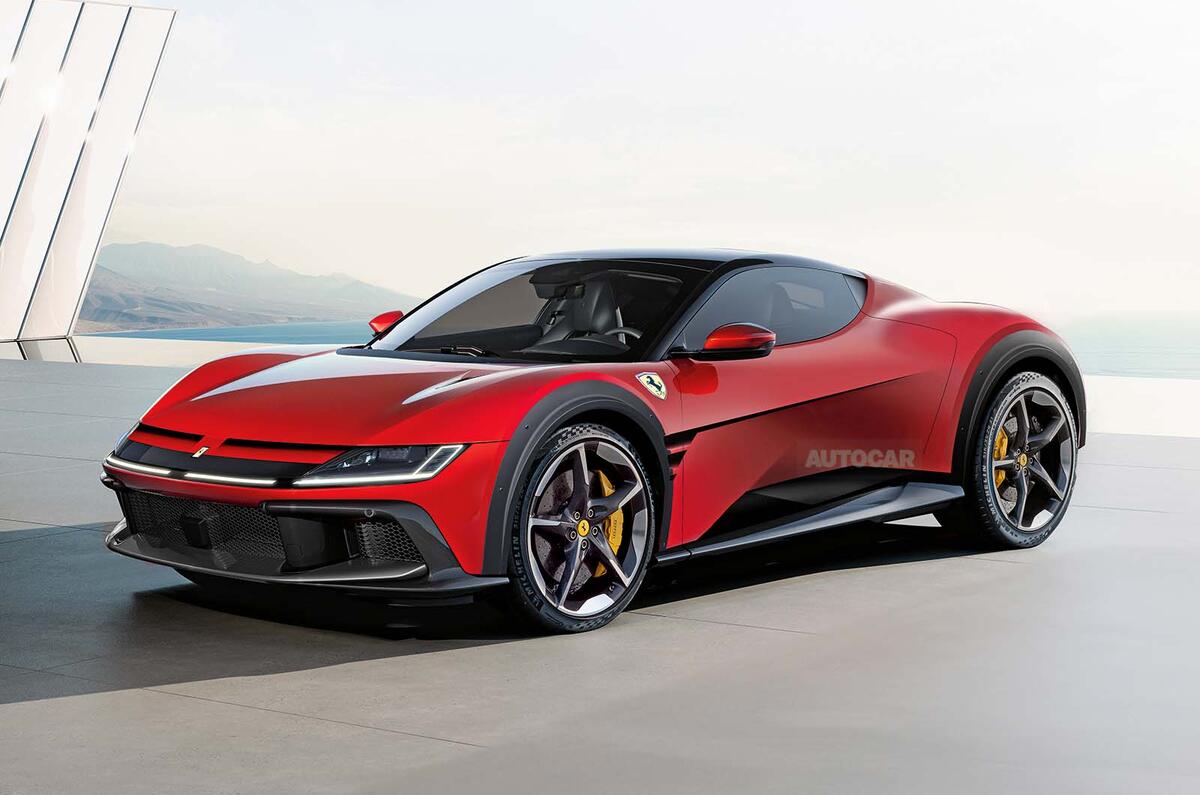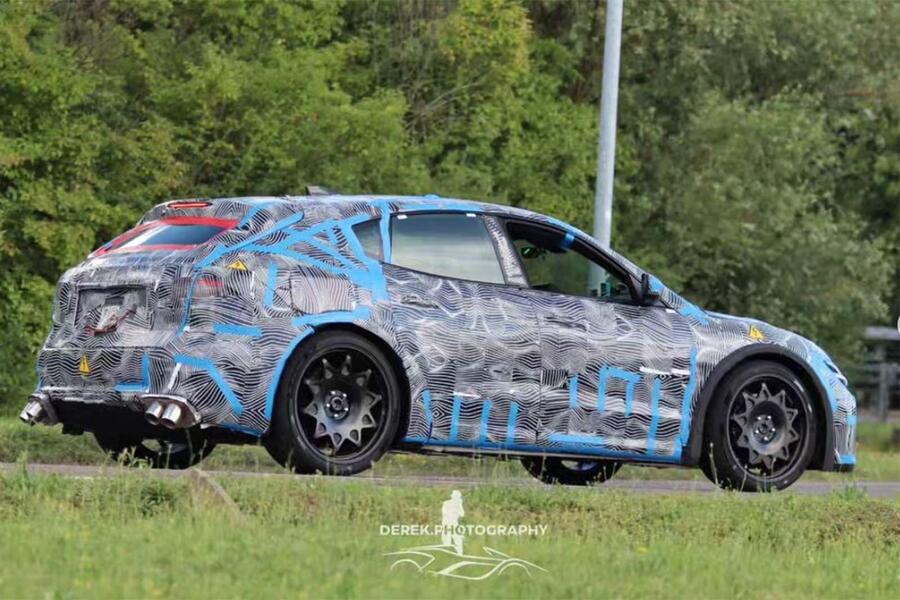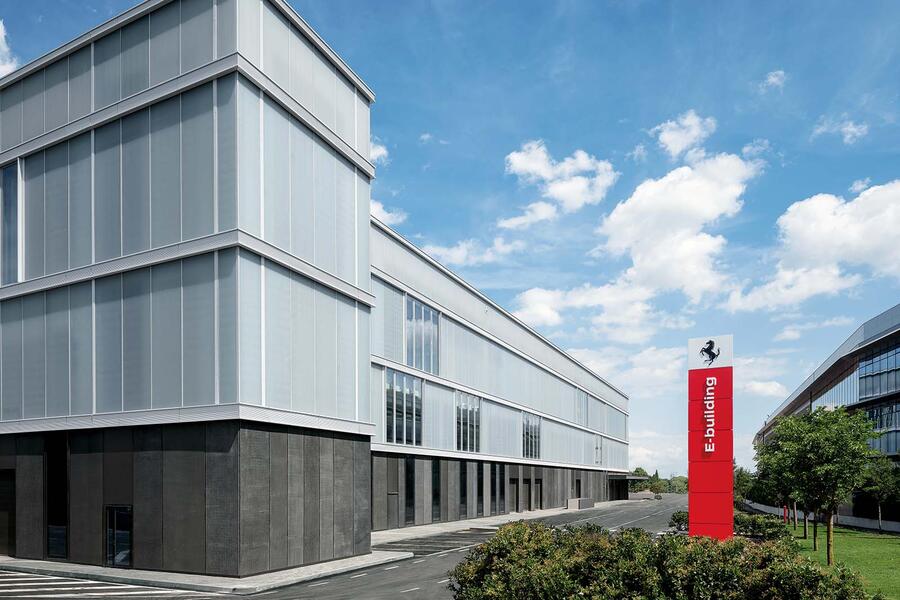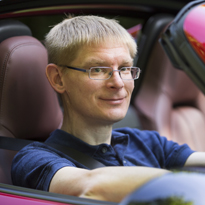Ferrari is set to reveal its long-awaited debut electric car on 9 October.
In an announcement accompanying the Italian firm's 2024 financial figures, CEO Benedetto Vigna said Ferrari will "reveal more of our future on 9 October at our Capital Markets Day".
He stopped short of confirming any more details, but said it would be presented "in a unique and innovative way".
That will be a year since Ferrari revealed its new F80 halo hypercar, which is due to begin deliveries around autumn 2025 - so it promises to be a particularly busy period in Maranello. Ferrari is also expected to reveal follow-ups to the Roma and SF90 Stradale this year, though has not said whether these will form part of the Capital Markets Day announcements.
Overall, Vigna said the firm will roll out six new cars in 2025.
Vigna said the firm expects "further robust growth" this year in the run-up to that date, following a year in which Ferrari significantly increased revenues and profits.
Although car deliveries were up just 0.7% year-on-year in 2024, at 13,752 units, Ferrari posted a revenue uptick of 12% – to €6.7bn – of which €1.53bn was profit, a 21% increase.
Vigna attributed the hikes to "quality of revenues over volumes", highlighting the impact of a "strong product mix and a growing demand for personalisations".
Production of the Portofino M, SF90 Stradale, 812 and Roma was phased out during 2024, to allow Ferrari to ramp up output of the Purosangue, Roma Spider, 296 GTS, SF90 XX and 12Cilindri. The 296 and SF90 hybrid model lines accounted for 51% of Ferrari's total shipments.
Deliveries of the ultra-exclusive Daytona SP3 and 499P Modificata specials helped to "enrich" the product mix, Ferrari said, along with customers more extensively personalising their cars.
Vigna recently told Autocar that Ferrari’s first electric car has already completed several thousand miles of on-road testing and promised it will be made “in the right way” to ensure buyers can “have a lot of fun”.
The Italian firm has yet to give any details about what form its first battery-electric vehicle will take, but recent spy shots show what are understood to be test mules using modified Maserati Levante bodywork. Whether it will be obviously comparable with the Levante in silhouette remains to be seen.
Notably, though, Ferrari used Maserati’s SUV as the basis for the first Purosangue prototypes and that car is radically different from its Italian contemporary – while still sitting high off the ground and having rear seats.















Join the debate
Add your comment
An EV Ferrari. In what kind of world do I live...
Have you driven an EV yet? They're SO good.
The likely price of the Ferrari EV sounds way too high but is consistent with other recently launched Ferrari models.
I see at least 2 problems ahead for this Ferrari EV:
Ferrari has multiple models so im sure they can risk an EV and see if it works, if it does not sell well it wont dent the profits too much.
SF90 does indeed drop, its kind of ferrari's new FF from a sales point of view. If you want a Purosangue and dont have the right profile purchasing a new SF90 gets you up the list.